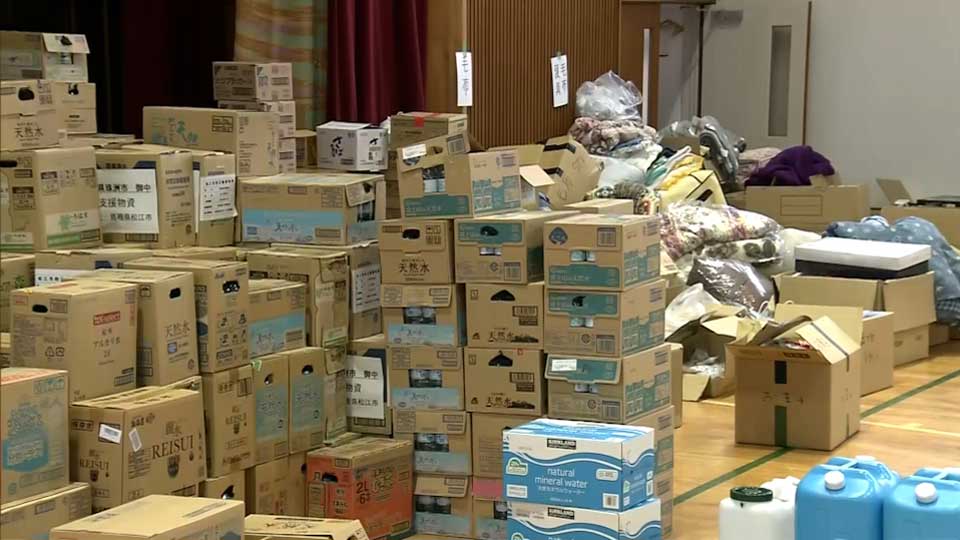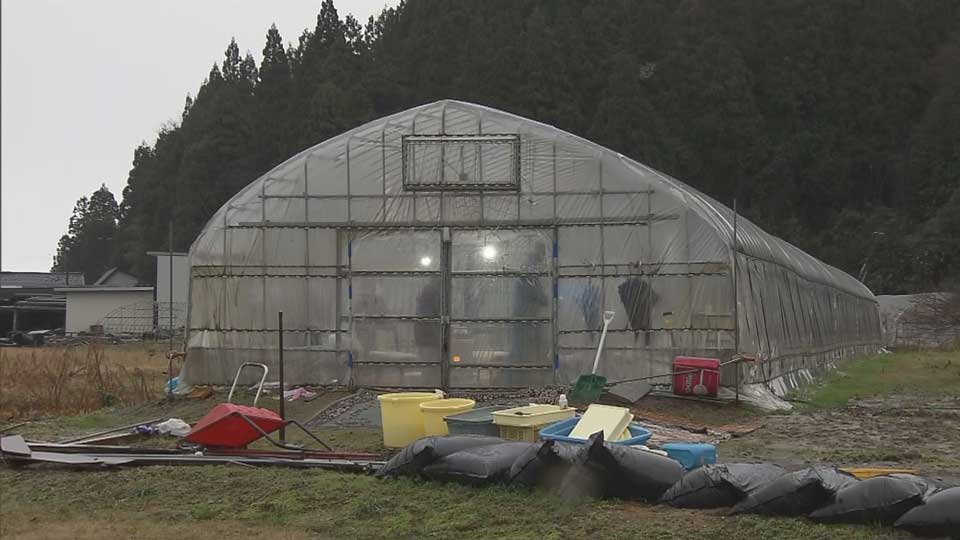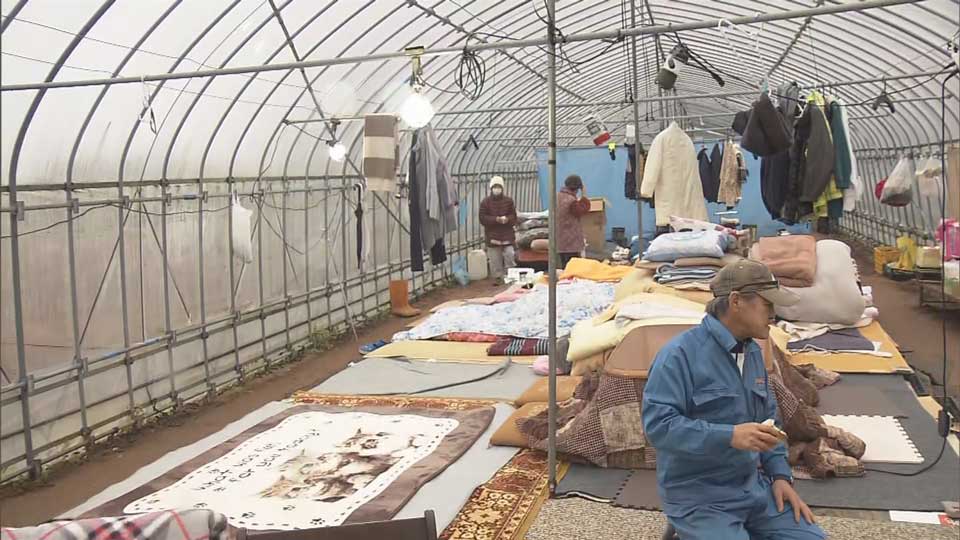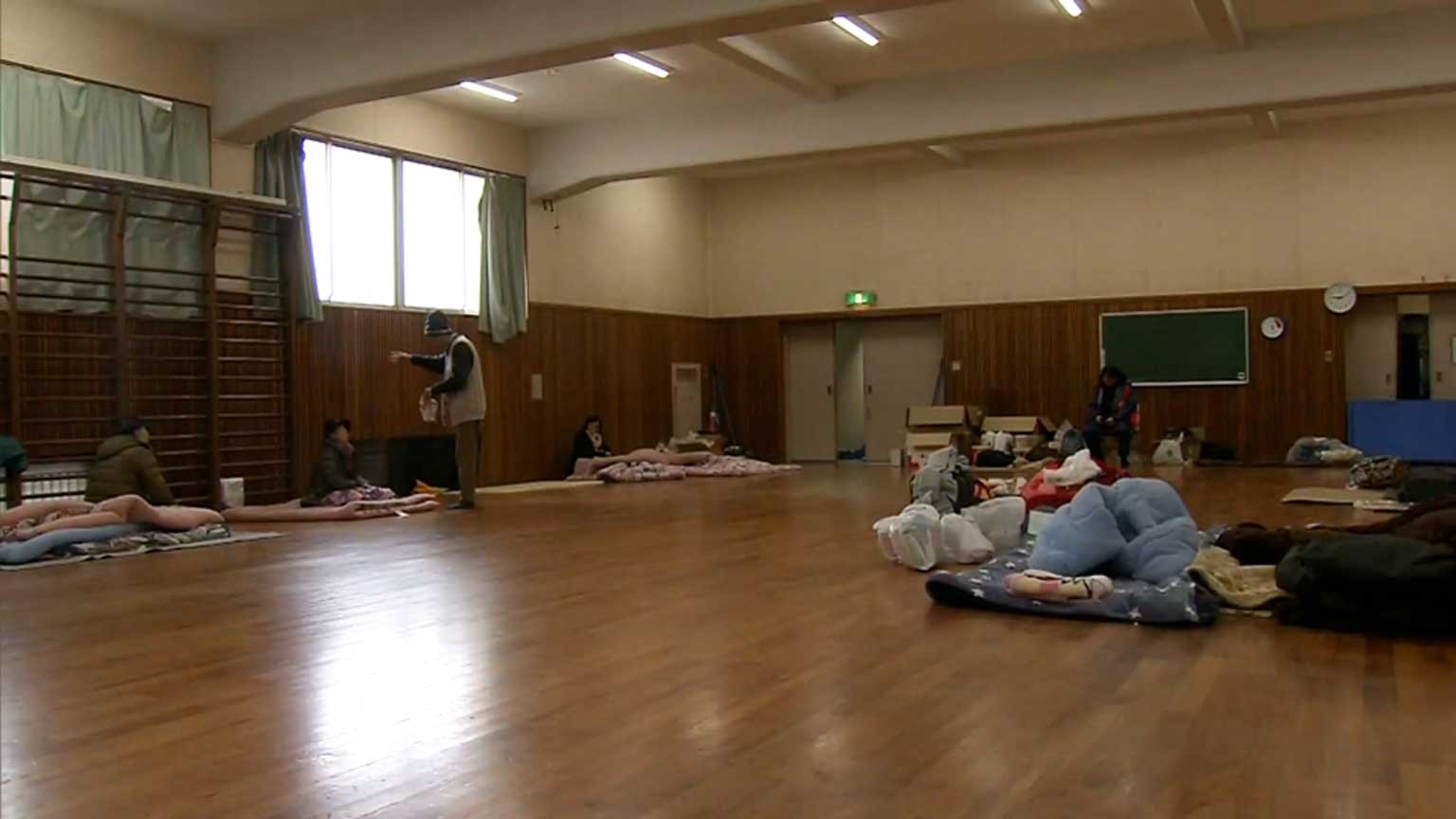Relief supplies still needed

At one of the evacuation centers, Uedo Elementary School in Suzu City, water trucks and food deliveries have arrived. The supplies are sufficient to look after the roughly 200 people taking shelter there.
But water bags for storing water are in short supply. In addition, one evacuee at the center became infected with influenza, so it is necessary to strengthen hygiene measures. But there are not enough disinfectant sprays and bags to dispose of excrement.
Staff say there is a shortage of clothes for elderly people who need nursing care, and gloves for caregivers to use.
Toilet trailers helping in quake-hit areas
"Toilet trailers" carrying flush lavatories have been delivered from municipalities across Japan to evacuation centers in affected areas.
Eight toilet trailers were delivered to Ishikawa Prefecture evacuation centers in Noto Town, Nanao City and Wajima City, where water and power outages continue.
A general incorporated association, Tasukeai Japan, is promoting efforts to expand the use of toilet trailers across the country. It says that the trailers are equipped with 3 to 4 toilets and are capable of about 1,500 uses per vehicle.
It says that toilets can be flushed using solar power.
A man in his 50s who had been using garbage bags placed over a toilet bowl said the new toilets are convenient because now he can even wash his hands.
Michishita Masatoshi, the head of the crisis management office of the town is concerned that people won't drink water because they don't want to use unsanitary toilets, and could suffer health problems such as dehydration. He said the service is very helpful as the water outage continues.
Evacuees living in a greenhouse


In Wajima City, about 30 people who were unable to enter official evacuation centers had no choice but to evacuate to a nearby agricultural greenhouse.
Inside the greenhouse, they made makeshift beds by placing plywood boards over baskets for seedlings, and brought stoves and blankets to warm themselves.
One of the evacuees is a 95-year-old woman whose heart is bad and is bedridden. Her 73-year-old daughter said she wants her mother to enter a hospital or other facility, but was told that there are no vacancies.
The people in the greenhouse have not been able to receive any supplies from the local government.
Self-Defense Force relief units on their way to help
An NHK World crew has spotted Self-Defense Force rescue units from the Kansai region in western Japan heading to the affected region. NHK's Newsroom Tokyo crew was heading north on Noto Satoyama Kaido, which connects Kanazawa City and the Noto Peninsula.
Video shows Self-Defense Force heading north
The crew also spotted SDF vehicles at the Noto-Chirihama roadside station in Hakui City in Ishikawa Prefecture. It is reported that the stop is the last station on the route north where the toilets have running water.

